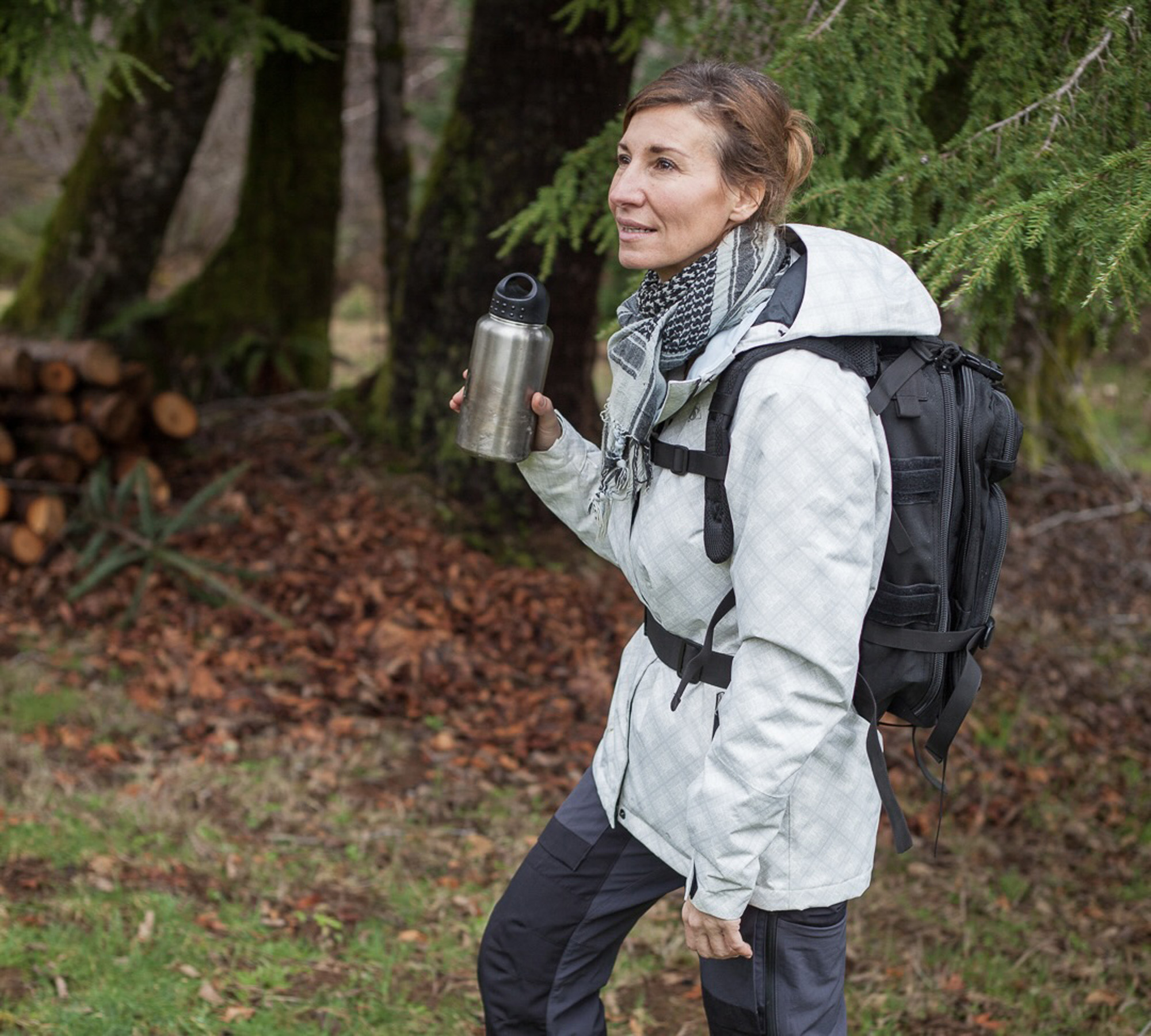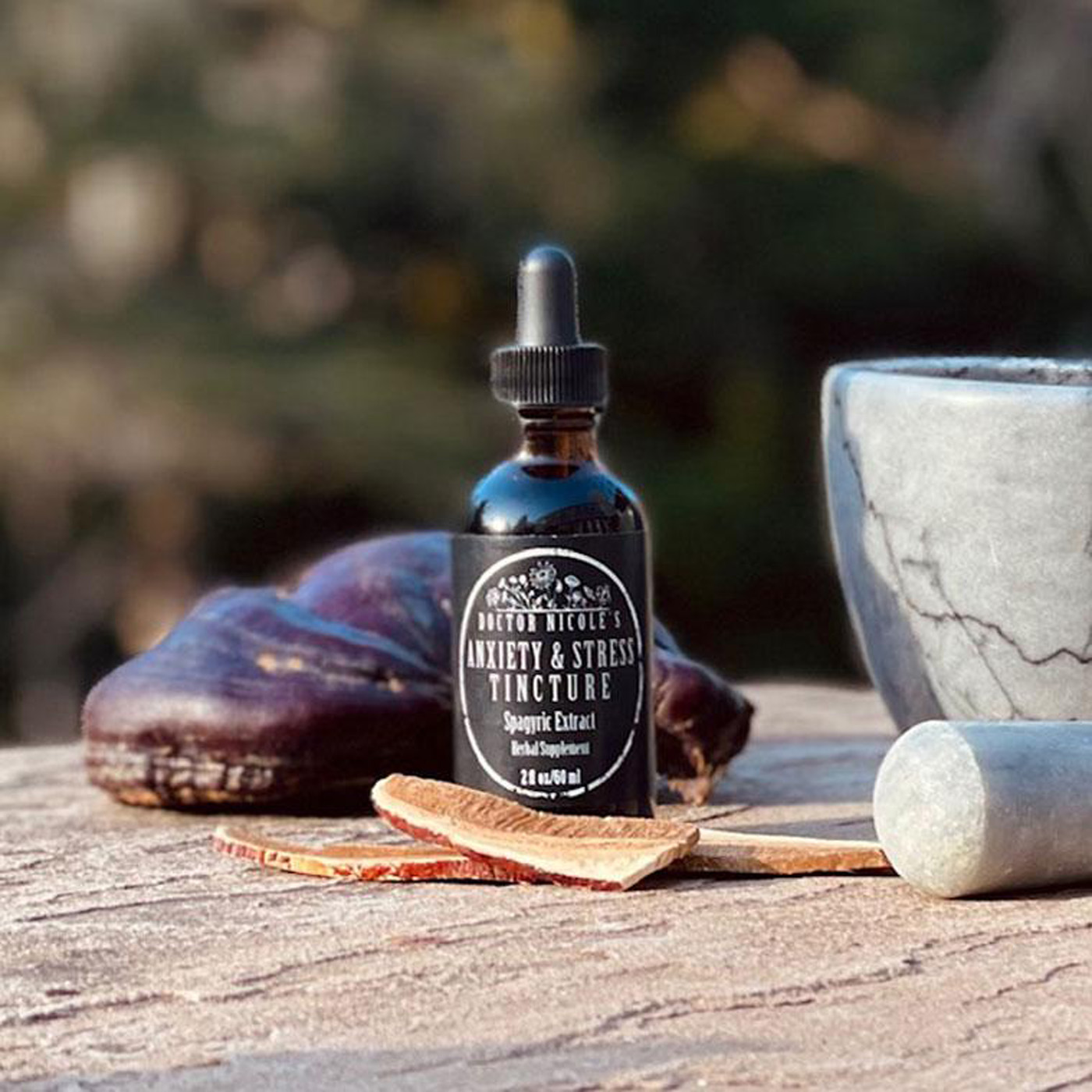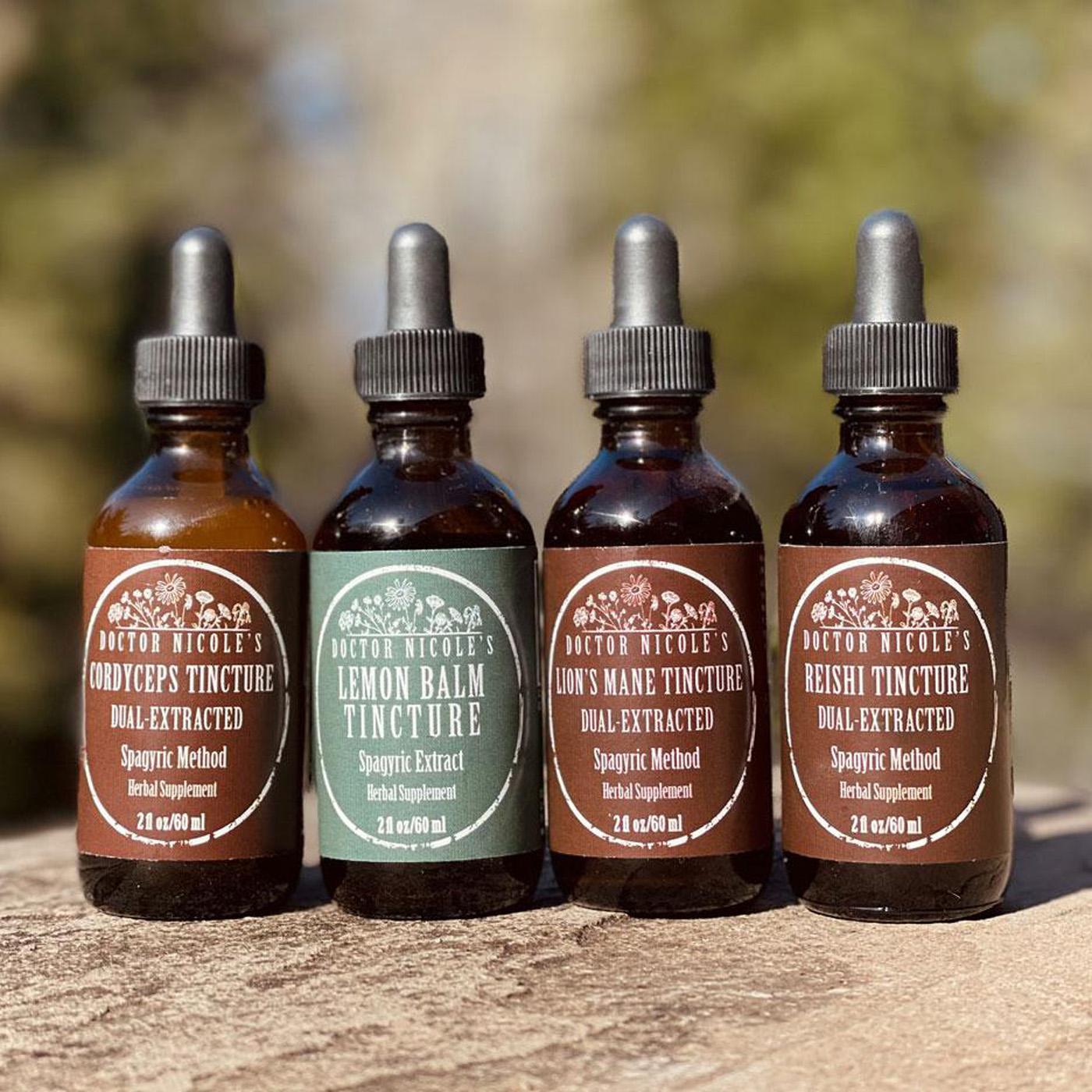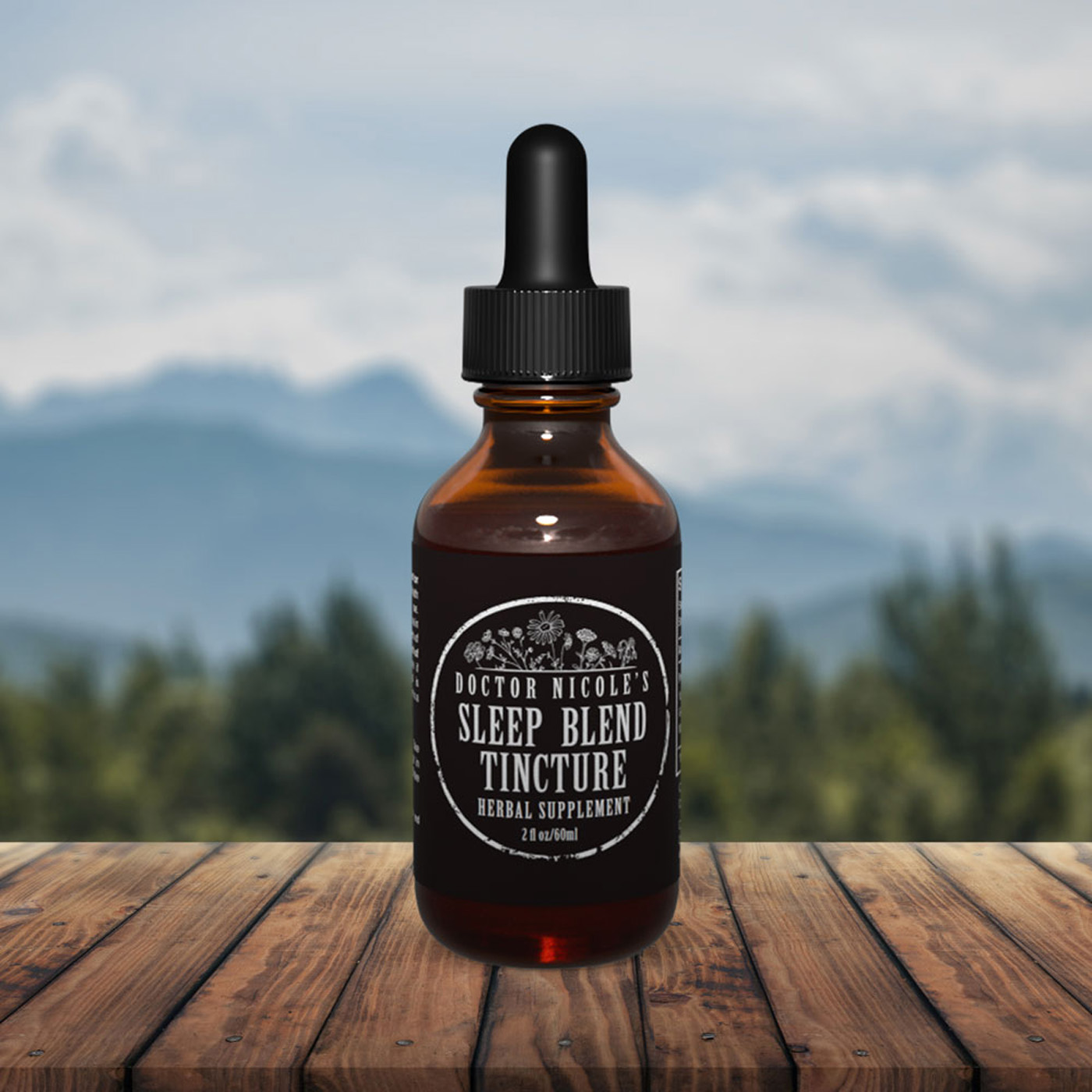Seasonal Depression and You
As we enter into the cooler winter months where sunlight is limited, this is the time of seasonal depression for many, otherwise known as seasonal affective disorder (SAD). The condition saps energy, triggers brain fog, and cognitive function takes a hit. It can also cause irritability, sleeping difficulties, and a tendency to gain weight. SAD generally lasts between 4-5 months and strikes those living in areas further north or south of the equator where exposure to sunlight is more limited. The worst months typically are December, January, and February in the northern hemisphere, although summertime SAD is also known to occur. For our purposes here, we will focus on wintertime depression, however many of the methods to ease symptoms are applicable to both.
What Causes Seasonal Affective Disorder?
While researchers aren’t entirely sure why SAD occurs, studies have found the condition is closely linked with regulation issues of the circadian rhythm. Low serum vitamin D is implicated as well as it is involved in healthy circadian function. Specific hormones also play a role, which we will discuss below. Seasonal affective disorder usually begins between the ages of 18-30, but can occur in older age groups as well. Women tend to suffer from it more than men, up to three times the rate. You also have a higher risk of developing SAD if you have a family history of the condition or another mental health challenge.
Serotonin and melatonin are two hormones that scientists believe are involved with the development of SAD. When we are low in the feel-good neurotransmitter serotonin, we can experience depression, anxiety, irritability and anger, along with an increased craving for carbohydrates — including refined sugar.2,3 Researchers have found that low serotonin is also associated with fibromyalgia.1 Additionally, it is believed that those with seasonal affective disorder may produce high levels of the sleep-regulating hormone melatonin.4

Lifestyle Habits to Reduce SAD Symptoms
Light Therapy
One of the most well-known methods for treating seasonal affective disorder is to use light therapy. This is where you are exposed to bright light from a specialized light box for around 30 minutes each morning to mimic natural light. It’s important to begin when symptoms first appear and continue until the springtime. Light therapy is one of the best options for keeping SAD at bay — an impressive 60-80 percent of patients using a light box reported improvement.5
Exercise Outside
While motivation may be lacking, especially during wintertime, exercising in nature or another outdoor green space is a powerful habit for minimizing SAD symptoms. As I wrote in, “Why We Need Nature This Winter“:
“Connection to nature in wintertime may be especially important for those who suffer from seasonal affective disorder (SAD). Vaile Wright, PhD., senior director of Health Care Innovation at the American Psychiatric Association (APA), recommends taking a midday 10-minute walk outdoors to maximize natural sunlight.”
Dr. Sara Warber, associate professor of family medicine at the Medical School and member of the Institute for Healthcare Policy and Innovation, agrees.
“Walking is an inexpensive, low risk and accessible form of exercise and it turns out that combined with nature and group settings, it may be a very powerful, under-utilized stress buster. Our findings suggest that something as simple as joining an outdoor walking group may not only improve someone’s daily positive emotions but may also contribute a non-pharmacological approach to serious conditions like depression.”6
You don’t need to wait for the sun to come out, taking a walk outside helps to ease SAD symptoms even if it is cloudy.
Cold Exposure
This method may seem counterintuitive, but exposing yourself to cold temperatures is a fast and effective way to beat the blues. Several studies have shown that cold therapy significantly reduces the symptoms of depression.
One study published in the journal Medical Hypotheses found that participants who took two cold showers per day between 2-3 minutes experienced pronounced improvement of their depression. The team noted that cold exposure activates “the sympathetic nervous system and increases the blood level of beta-endorphin and noradrenaline and to increase synaptic release of noradrenaline in the brain as well”, thereby helping to relieve depression.7
Cold therapy also reduces inflammation, encourages weight loss, and boosts immunity — three areas that can become problematic with seasonal affective disorder. Interested in learning more? See my post, “Depression, Poor Immunity, Excess Weight? Cold Therapy to the Rescue!”.
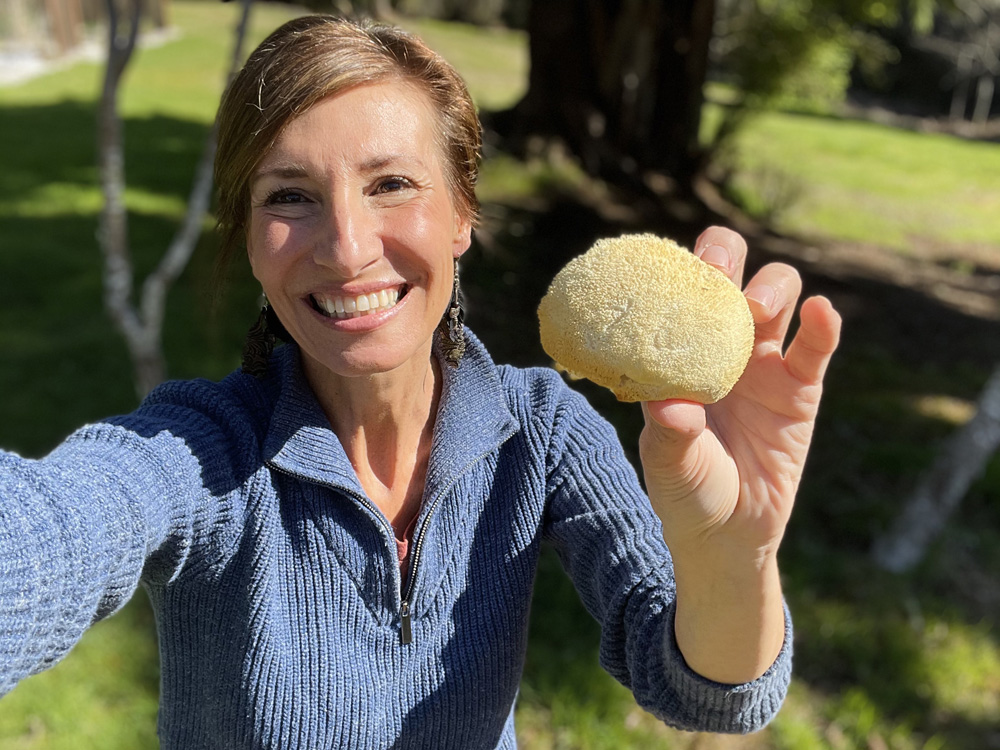
The Power of Herbal Remedies
Herbal medicine is a formidable ally in defeating SAD. Here are a few of my favorite extracts that may help to ease symptoms and brighten outlook during the dark days of winter.
Our Anxiety & Stress Tincture contains five medicinal herbs: lion’s mane and reishi dual-extracted mushrooms, ashwagandha, and lemon balm. These botanicals help the body adapt to stress, calm the nervous system, and relieve anxiety, depression, and stress-related insomnia. What’s more, this blend helps to improve cognitive function and lowers inflammation for optimal brain health.
If you find yourself struggling with brain fog, memory issues, irritation, fatigue, and inflammation during the dark winter months, our Brain Bundle is a collection of powerful herbal remedies that enhance brain health, soothe anxiety, improve energy, and boost mood.
Lastly, if your sleep is disrupted for any reason it will foster increased depression, fatigue, poor cognitive health, anxiety, and stress. It is certainly something that should be avoided, especially if you are struggling with SAD. My Sleep Blend can help. It is formulated to help you fall asleep faster and stay asleep longer. Moreover, it boosts the production of GABA, a stress-relieving brain chemical that promotes sleep and improves mood. We’ve also added magnesium glycinate, an absorbable form of magnesium that improves sleep quality, and promotes natural, healthy sleep patterns, including healthy REM cycles. Visit the apothecary today to learn more about these potent botanical extracts.
I hope you have found these suggestions helpful. Here’s to a bright and beautiful winter season!
Nicole Apelian
Nicole’s Apothecary Products in this Post
References
- Cordero, M. D., Alcocer-Gómez, E., Cano-García, F. J., de Miguel, M., Sánchez-Alcázar, J. A., & Moreno Fernández, A. M. (2010). Bajos valores de serotonina en suero se correlacionan con la gravedad de los síntomas de la fibromialgia [Low levels of serotonin in serum correlates with severity of fibromyalgia]. Medicina clinica, 135(14), 644–646. https://doi.org/10.1016/j.medcli.2010.05.009
- Gupta, A., Sharma, P. K., Garg, V. K., Singh, A. K., & Mondal, S. C. (2013). Role of serotonin in seasonal affective disorder. European review for medical and pharmacological sciences, 17(1), 49–55.
- Brenda Mc Mahon, Sofie B. Andersen, Martin K. Madsen, Liv V. Hjordt, Ida Hageman, Henrik Dam, Claus Svarer, Sofi da Cunha-Bang, William Baaré, Jacob Madsen, Lis Hasholt, Klaus Holst, Vibe G. Frokjaer, Gitte M. Knudsen, Seasonal difference in brain serotonin transporter binding predicts symptom severity in patients with seasonal affective disorder, Brain, Volume 139, Issue 5, May 2016, Pages 1605–1614, https://doi.org/10.1093/brain/aww043
- “Seasonal Affective Disorder” NIH: National Instituted of Mental Health. https://www.nimh.nih.gov/health/publications/seasonal-affective-disorder
- “Seasonal Depression (Seasonal Affective Disorder)” Cleveland Clinic. https://my.clevelandclinic.org/health/diseases/9293-seasonal-depression
- Beata Mostafavi. “Group nature walks linked to improved mental health”. The University Record, University of Michigan, September 26, 2014. https://record.umich.edu/articles/group-nature-walks-linked-improved-mental-health/
- Shevchuk N. A. (2008). Adapted cold shower as a potential treatment for depression. Medical hypotheses, 70(5), 995–1001. https://doi.org/10.1016/j.mehy.2007.04.052

